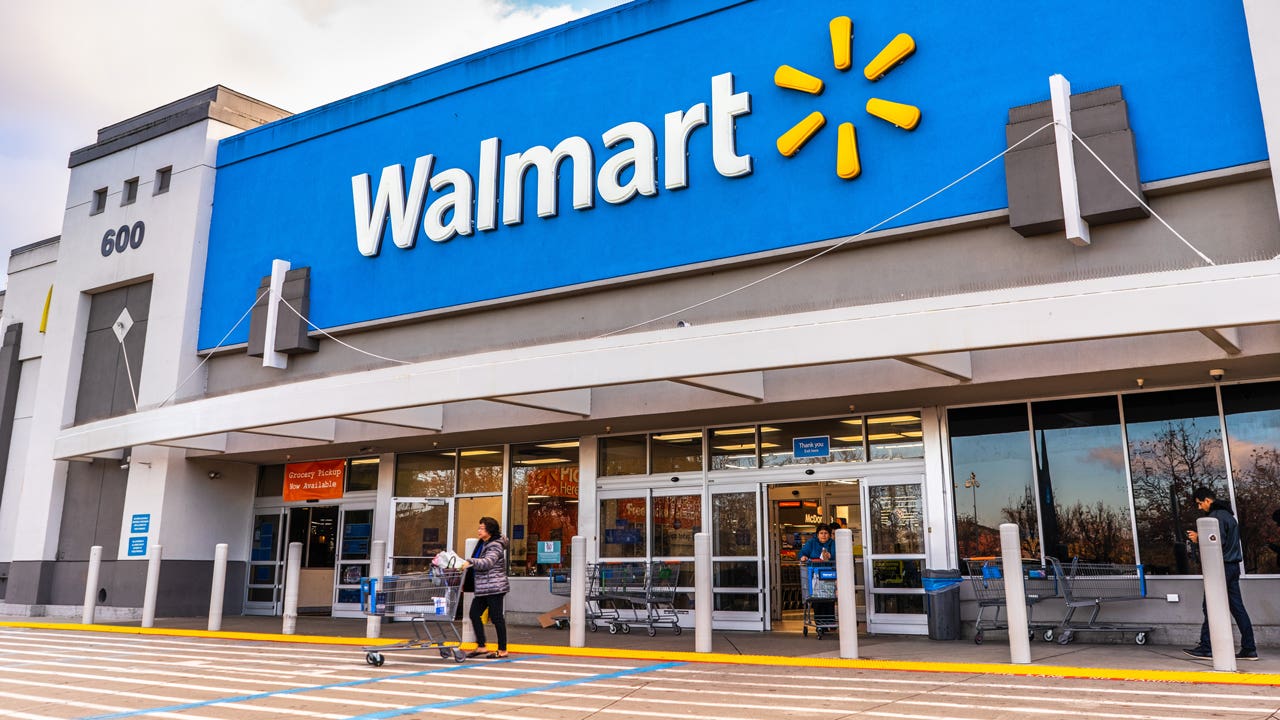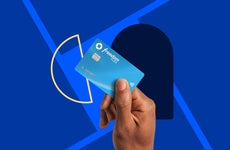Q4 2022 Chase Freedom Flex categories: another good quarter ahead

The Bankrate promise
At Bankrate we strive to help you make smarter financial decisions. While we adhere to strict , this post may contain references to products from our partners. Here's an explanation for . The content on this page is accurate as of the posting date; however, some of the offers mentioned may have expired. Terms apply to the offers listed on this page. Any opinions, analyses, reviews or recommendations expressed in this article are those of the author’s alone, and have not been reviewed, approved or otherwise endorsed by any card issuer.
This page was originally published in late 2022 and reflects the category spending types and limits of that time. See our guide to Chase Freedom Flex 2023 bonus categories and Chase Freedom Flex℠ card review for updated rewards rates and card details.
Key takeaways
- Taking advantage of the rotating bonus categories of the Chase Freedom Flex has been pretty easy so far this year, and with holiday shopping on the horizon, Q4 is expected to be no different.
- Each category has a maximum spending limit, which I’ve maxed out or almost maxed out during every quarter.
- Chase Freedom Flex continues to be a solid option for those who want a card with a good rewards system and no annual fee.
From Oct. 1 through Dec. 31, 2023, the Chase Freedom Flex℠ returns 5 percent cash back on PayPal and Walmart purchases both in-store and online). Activation is required, the 5 percent rate is capped at $1,500 in quarterly purchases and cardholders earn 1 percent cash back after that. This will finish out my favorite year for this card’s rotating categories since I signed up for its predecessor, the original Chase Freedom card (now closed to new applicants), nearly a decade ago.
This year, I maxed out the $1,500 limit in the first quarter (grocery stores) and the third quarter (gas stations, car rentals, movie theaters and select live entertainment). I came close in the second quarter (Amazon.com and select streaming services). There’s a good chance I’ll hit the limit again in the fourth quarter, mostly by using PayPal for holiday shopping. It’s too bad PayPal Key has been discontinued — that used to be my favorite way to optimize this category.
Still, I think there’s a good chance I’ll use PayPal frequently over the next three months since it’s so widely accepted. I don’t buy much from Walmart, but plenty of other people do. The Freedom Flex’s Q4 categories should be winners for most of us.
Additional Chase Freedom Flex benefits
I have been a loyal user of this card for many years. For starters, I love the rotating 5 percent quarterly categories. I also get a lot of value from the 3 percent dining category, the Shop Through Chase portal and Chase Offers. And I still rave about how its purchase protection benefit saved me $299 a few years ago.
There are other perks, too, ranging from extended warranty coverage to 5 percent cash back on travel booked through the Chase Travel portal, 5 percent cash back on Lyft rides (through March 2025), 3 percent cash back on drugstore purchases and 1 percent cash back on everything else. There is also a 15-month interest-free period on balance transfers and new purchases (with a regular variable APR of 20.49 percent to 29.24 percent after that).
I like all of the 2022 bonus categories
Most years, my shopping habits mesh very well with two of the four quarterly bonus categories and pretty well with a third. One usually seems to be a clunker for me. For example, last year I didn’t get much from the gas and home improvement stores quarter. This year, though, I have been happy with all four quarters.
Truthfully, I could be working on the credit card equivalent of a perfect game if I had preloaded my Amazon account to top off the Q2 Amazon.com bonus category. I elected not to, but prepaying for various expenses to hit the quarterly bonus category maximum spend is a common strategy. Other examples include buying gift cards at a grocery store or gas station.
My family’s credit card strategy
The Chase Freedom Flex is one of only two credit cards that I currently use. The other is the Blue Cash Preferred® Card from American Express. My wife and I have decided to focus our spending on just two cards for convenience, and these two allow us to optimize several key categories.
The Amex Blue Cash Preferred is our go-to for groceries since it gives 6 percent cash back at U.S. supermarkets (up to $6,000 in annual spending, then 1 percent cash back after that). It’s also a solid option for streaming services (6 percent cash back on several popular services) and gas (3 percent cash back). Similar to the Chase Freedom Flex, non-bonus category purchases earn 1 percent cash back.
What I’d like to see improved
One bone I would pick with both cards is that I wish the quarterly and annual spending thresholds would be raised to compensate for inflation. For instance, our family of four spends about $14,000 per year on groceries. Even if you add the Amex Blue Cash Preferred’s $6,000 annual limit and the Chase Freedom Flex’s $1,500 quarterly limit, we’re only optimizing about half of our grocery spending.
A fix could be to open separate accounts in my wife’s name (since right now she’s an authorized user on my accounts). If she had her own accounts, our combined bonus category spending limits would double. But that would probably add more complexity than we desire. Since both cards have had the same spending limits for about a decade and inflation has been running hot, I think it’s a reasonable suggestion that these limits should be higher.
Another consumer-friendly change I’d suggest would be to allow carryover between quarters. In other words, even if Chase wants to keep the Freedom Flex’s 5 percent rate at the same annual threshold, it would benefit cardholders if it were doled out as a $6,000 annual limit as opposed to four quarterly segments of $1,500. Alas, the rules have surely been written this way for valid business reasons, but a cash back lover can dream.
The bottom line
Even if I would change a few things if given the chance, I’m a big fan of the Chase Freedom Flex card. I’m likely to earn $275 out of a possible $300 in cash back from the 5 percent cash back categories this year, plus I’ve gotten a lot of other benefits. This is no doubt one of the best no-annual-fee credit cards and one that I have used regularly for many years.
Information about the Chase Freedom Flex℠ has been collected independently by Bankrate. Card details have not been reviewed or approved by the issuer.
Related Articles



